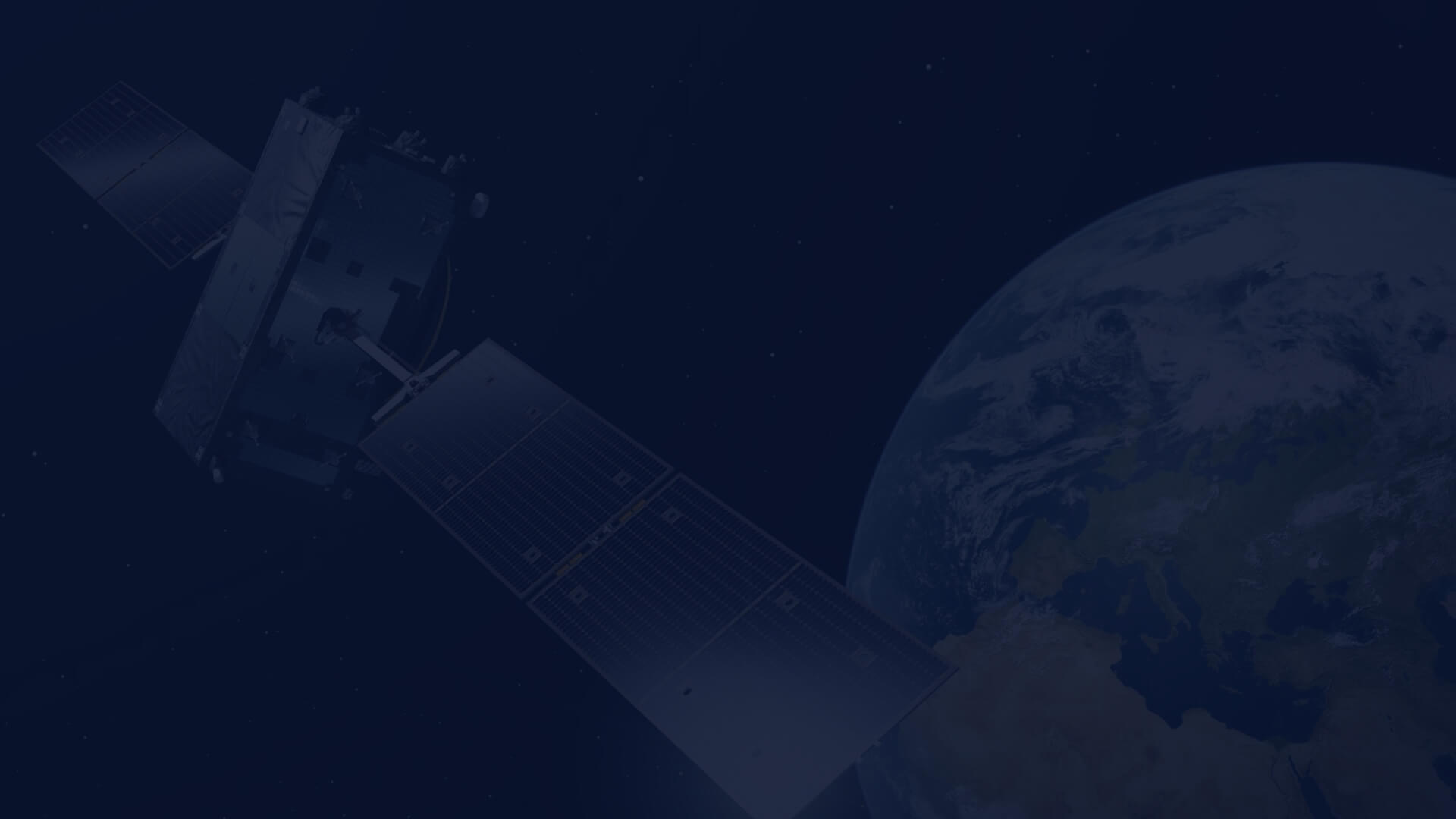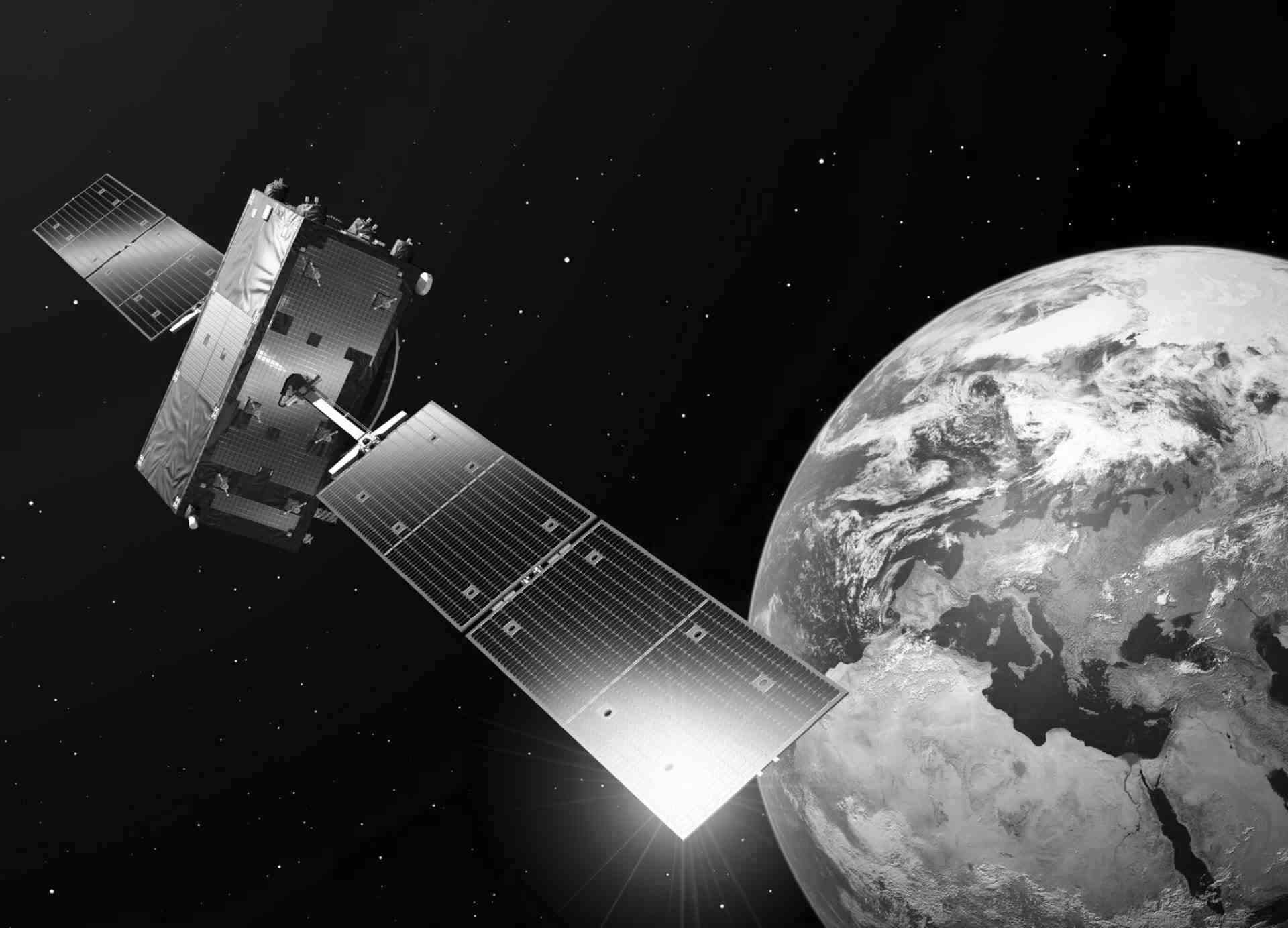CREODIAS: Introduction to SAR Sentinel-1 data
Since 2014, the Sentinel-1 mission has allowed for radar observation of the Earth's surface. In 2016, Sentinel- 1b joined the Sentinel- 1a satellite. Thanks to both satellites in operational mode, the revisit time has been improved and it gives a 6-day exact repeat cycle. The Sentinel-1 satellite data may be one of the most useful datasets available from CREODIAS due to its structure. This article covers the theme of satellite radar imagery.
Land subsidence and landslides monitoring based on satellite data
Analyses using SAR imagery from commercial (e.g. ICEYE) or free satellites (e.g. Sentinel-1) not only identify possible damage to houses, but also to roads, tracks, power lines, gas pipelines, bridges and much more. Also affected are owners of undeveloped plots of land - where subsidence: prevents their agricultural use, does not allow for proper crop growth and the use of heavy agricultural equipment in their area. The value of the subsidence of the basin may even exceed one metre in a year, reaching values of even several metres over 10 years. Post-mining subsidence therefore causes unimaginable economic losses and poses a threat to health and life.
Useful tools for data processing, available on CREODIAS platform
Earth Observation data contains powerful information about ongoing processes and objects on the Earth. Deriving useful content from imagery requires knowledge and, of course, tools. Thanks to a wide variety of dedicated software available on the market, analysing and processing data is more feasible for everyone. Highly specialized tools are developed to improve the processes so the users work could be more efficient. The CREODIAS platform offers ready to use software in the cloud, which is a perfect solution as it is combined with an enormous EO data repository.
Satellite imagery in support of the Common Agriculture Policy (CAP) and crop statistics
Agriculture is a key sector within the European Union (EU) with 177.0 billion EUR revenue in 2020 which contributes to 1.7% of the EU-27’s GDP (Eurostat, 2021). Moreover, food security within the EU and across the globe is becoming a major issue especially from the perspective of climate change and population growth. Frequent droughts combined with natural disasters and unsustainable exploitation of natural resources (e.g. water, soil or biodiversity) lead to agricultural losses and consequently to food shortage. To mitigate these effects a new approach towards management of agriculture is needed.
CREODIAS for Digitising Green Spaces
Remote Sensing techniques are well known tools for green areas monitoring. Beside the common use of Earth Observation in natural areas such as forests, agricultural, grasslands or wetlands landscapes, it can also support many aspects of urban areas. Green surfaces like parks or grasslands are crucial for increasing population life quality. CREODIAS platform offers wide range of satellite data, which are the key input for digitising green spaces. Thanks to uptodate imager and CREODIAS processing environment, it’s possible to generate such products as land cover classification, vegetation indices, crop types or simply inventory maps of park or forests.
CREODIAS for hydrological drought modelling
It is observed in recent decades that the Earth's atmosphere accumulates more and more heat as a result of anthropological greenhouse gases emissions. The number of global climate anomalies is increasing rapidly. We also see a decrease in the frequency of long- term drizzle precipitation and reduced time of fog periods. As a consequence, we have observed a decrease in the air humidity for a broad range of time. Moreover, anthropological changes in land use cause an increase of surface runoff which leads to rapid flooding in urban areas.
CREODIAS for managing Urban Heat Islands
Climate change is considered to be the greatest environmental threat of the 21st century. While the urban climate changes affect the largest number of people, the urban heat island phenomenon and heatwaves are the most dangerous weather extremes. They not only damage the health of residents but also increase the energy consumption. Smart management of urban space using EO data available on CREODIAS platform, such as open and commercial satellite imagery as well as Copernicus products library, makes it possible to reduce the harmful effects of this phenomenon and contribute to improving the quality of life.
Advanced data processors on CREODIAS
There are different levels of processing of satellite data available on CREODIAS. All the data is ready to use for further analysis but to make it faster and easier for the user, CloudFerro offers Product Generation as a Service (PGaaS) or Processing as a Service (PaaS) for the Sentinel-1 and Sentinel-2 imagery. PaaS is a special service for demanding users who need a large scale, fast and professional data delivery.
Solutions for agriculture with CREODIAS
Modern agriculture benefits from the most innovative techniques like 5G, internet of things (IoT), robotics, precise navigation or unmanned air vehicles. Satellite data complements this list with its endless possibilities. CREODIAS platform, with its huge cloud computing power and enormous data repository, makes it possible to gather all modern techniques in one place for better management of food production.

